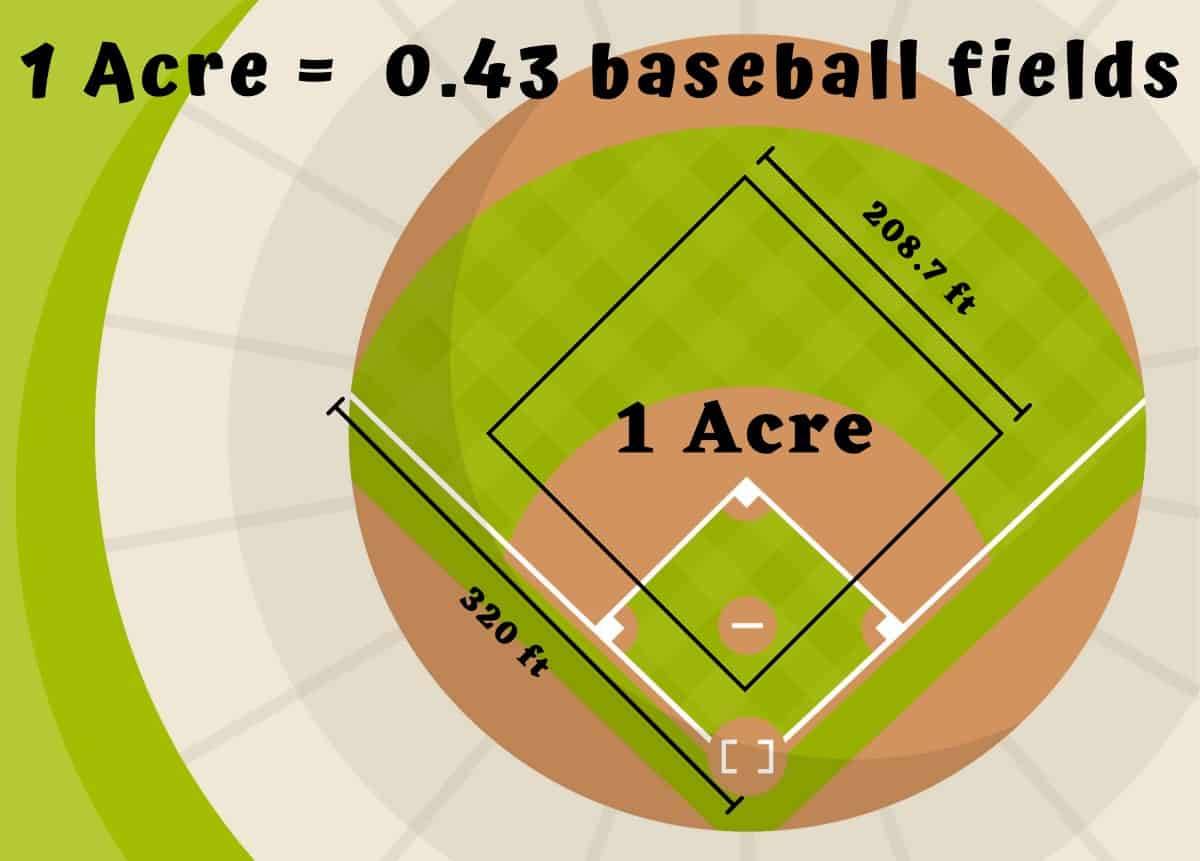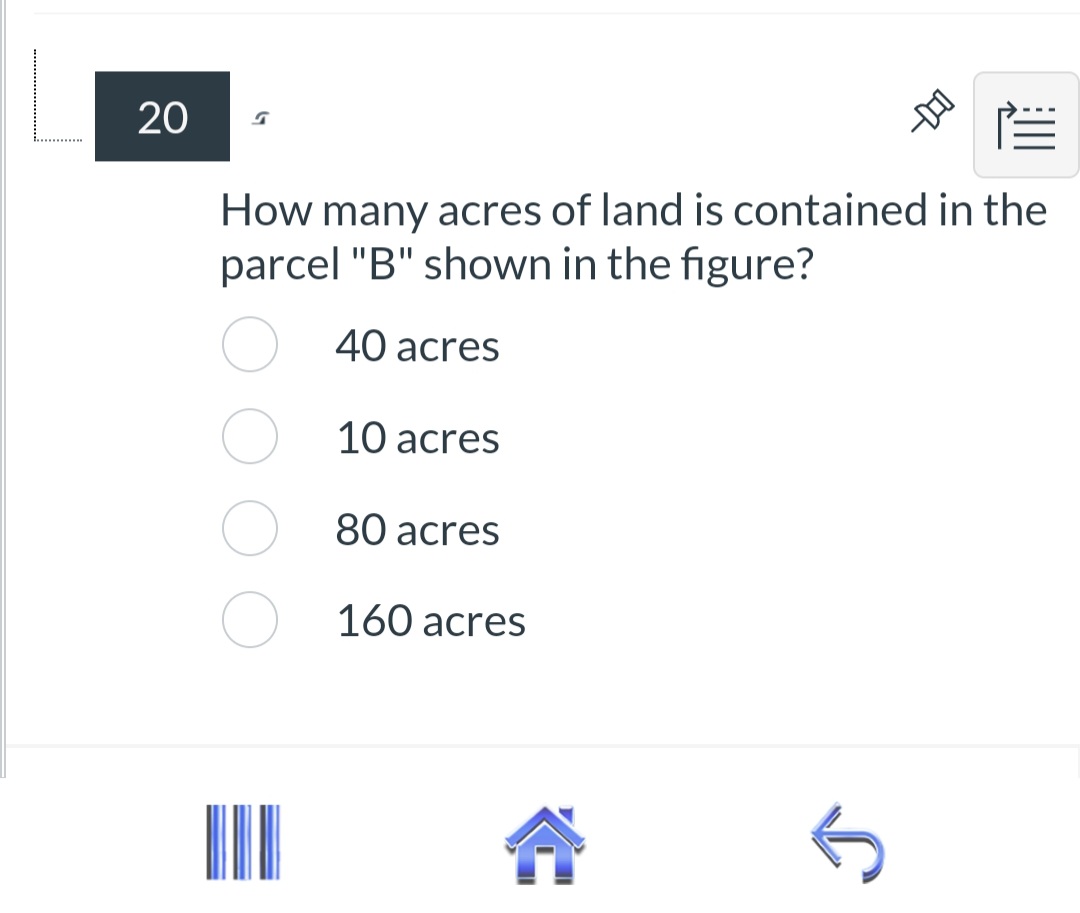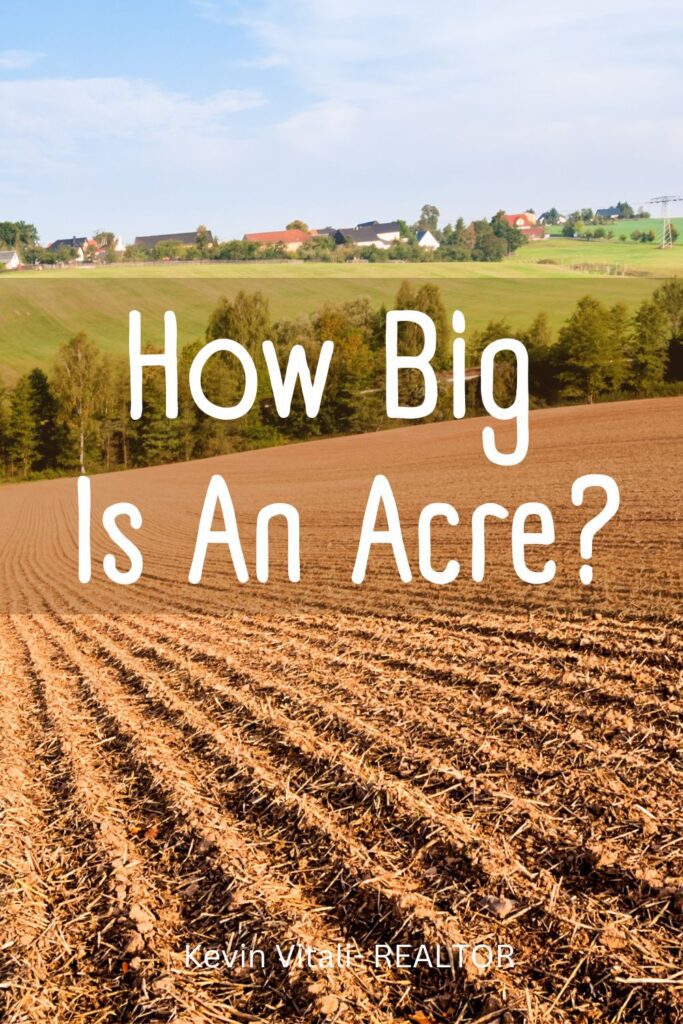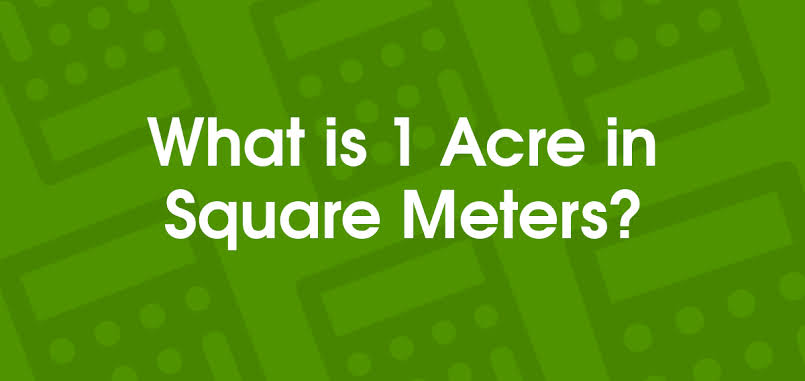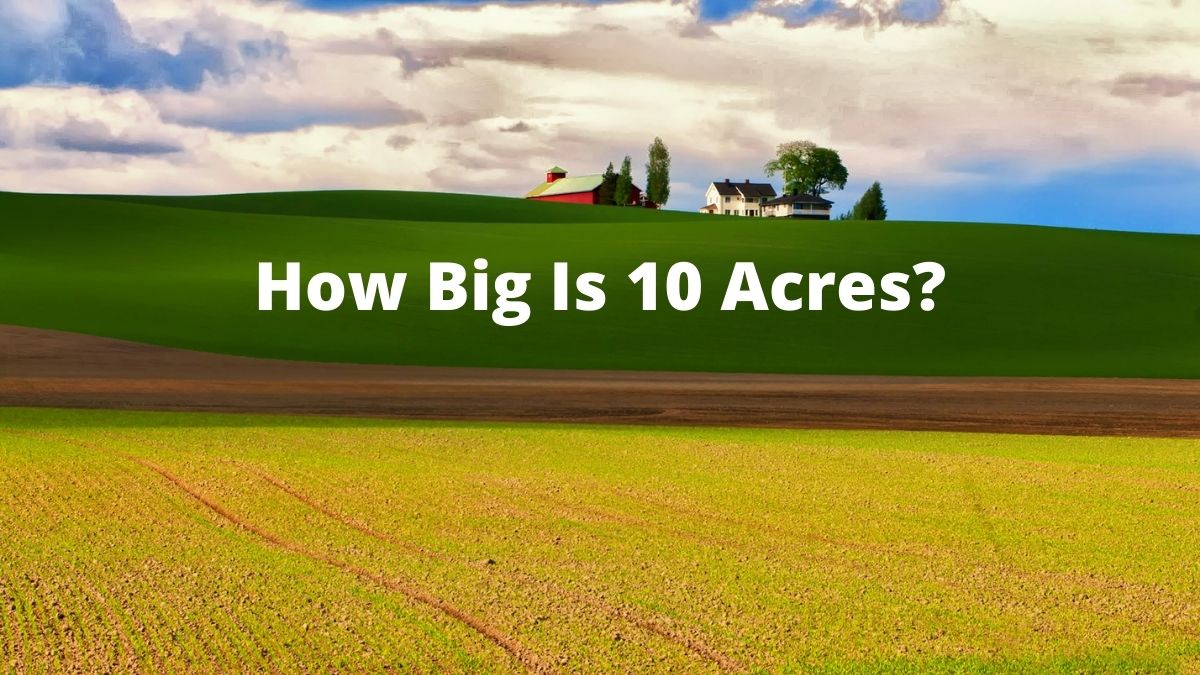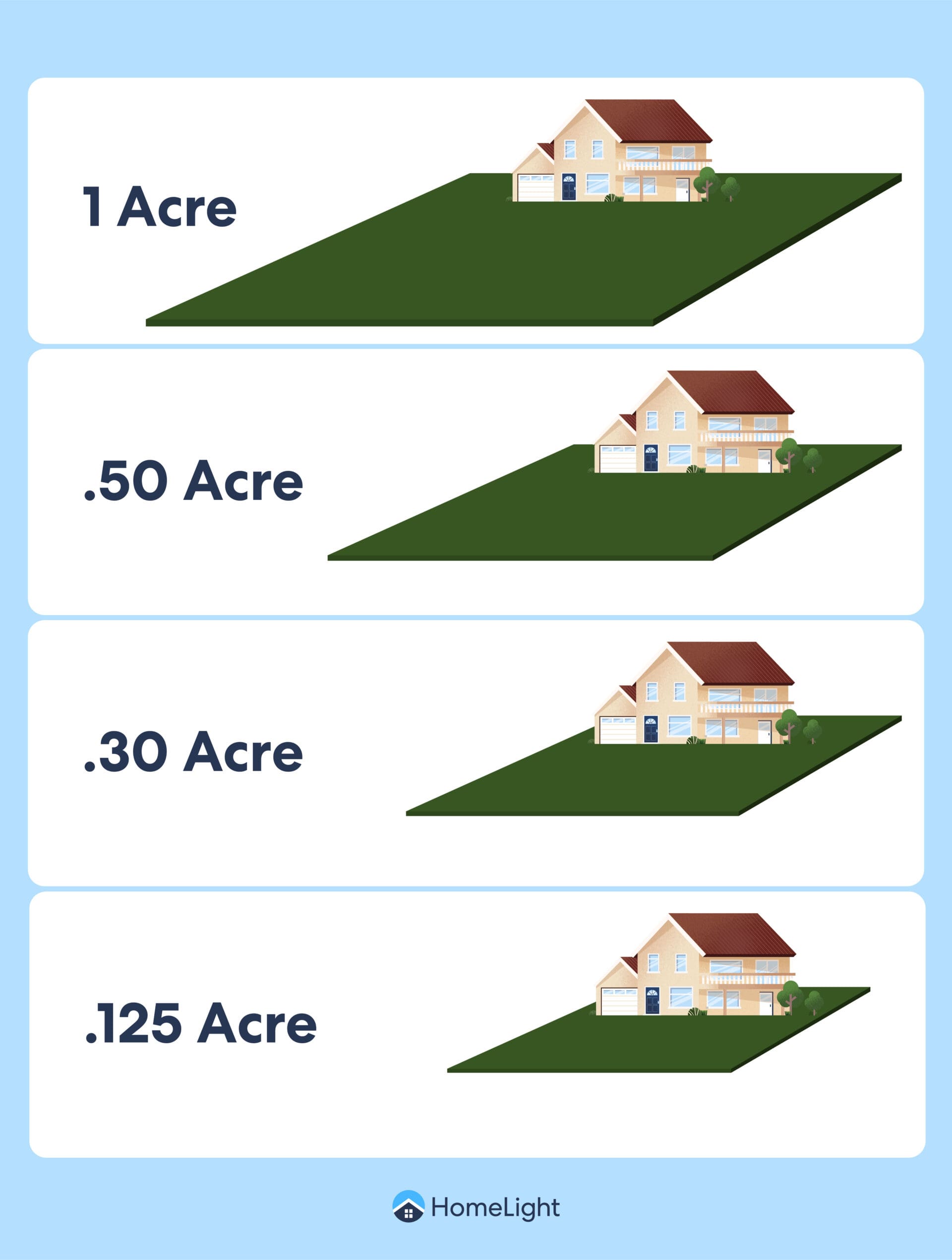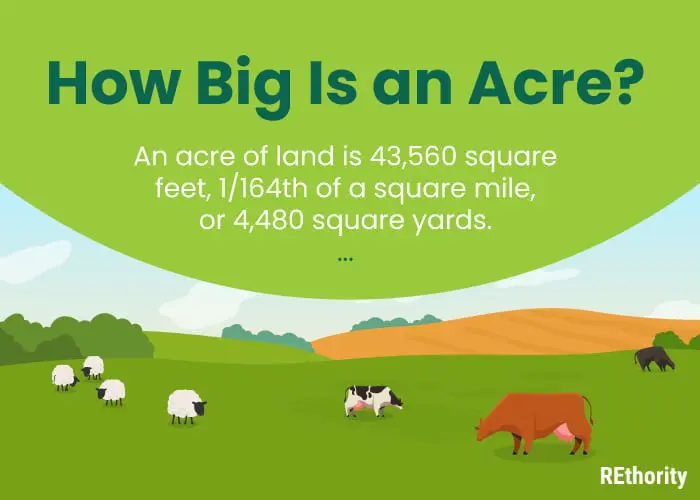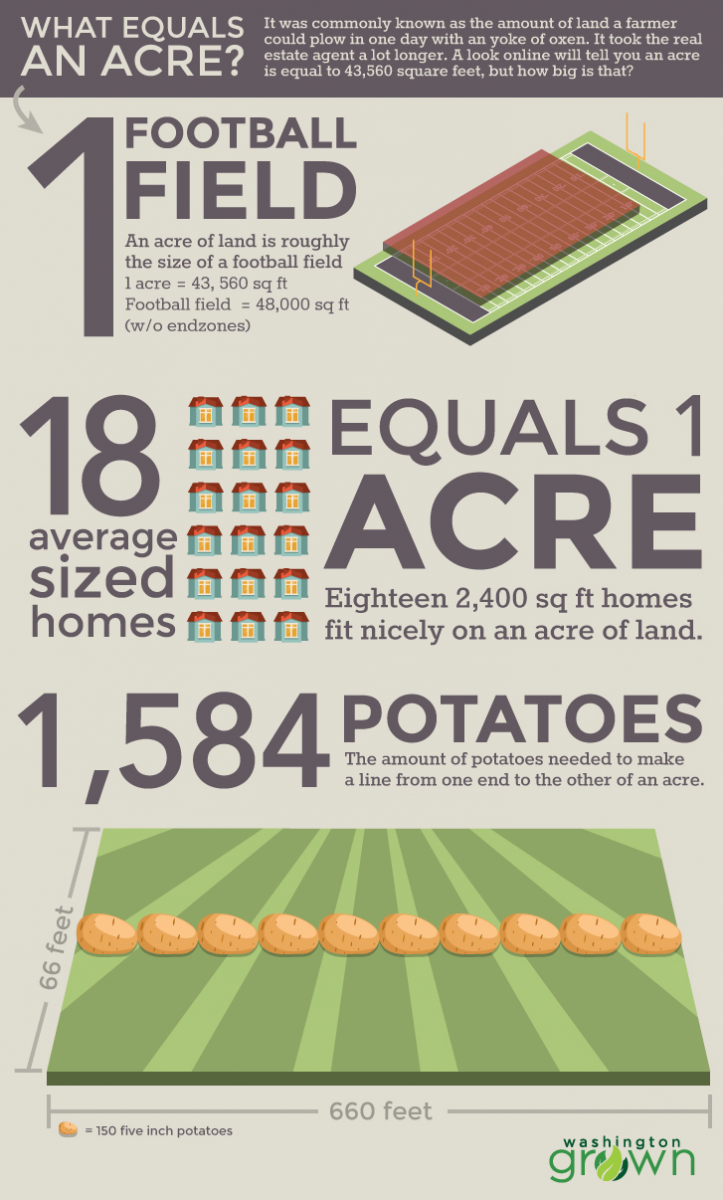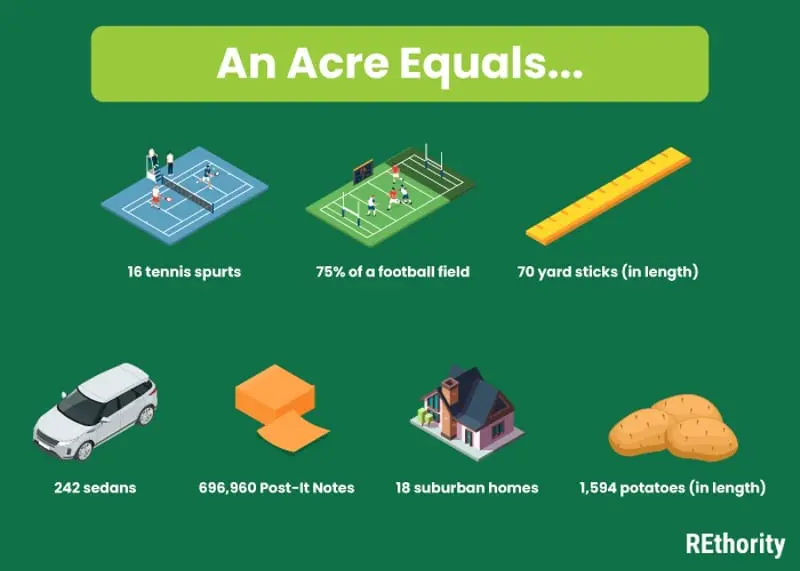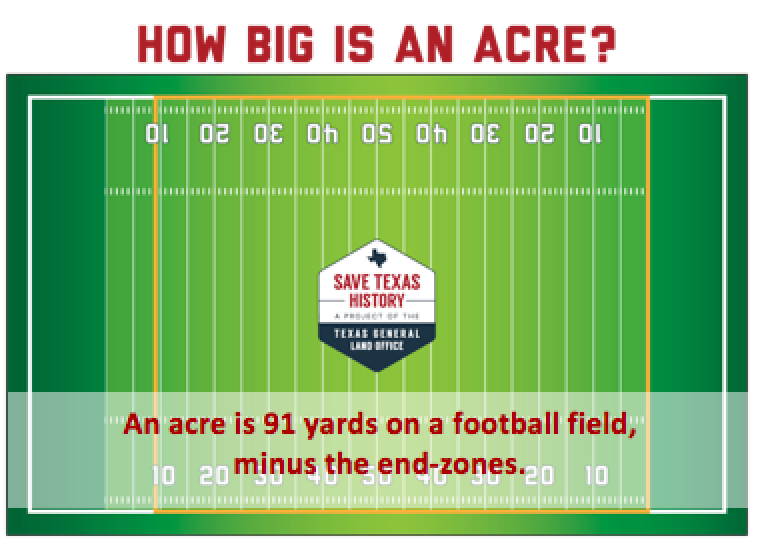How Many Miles In A Acre Of Land
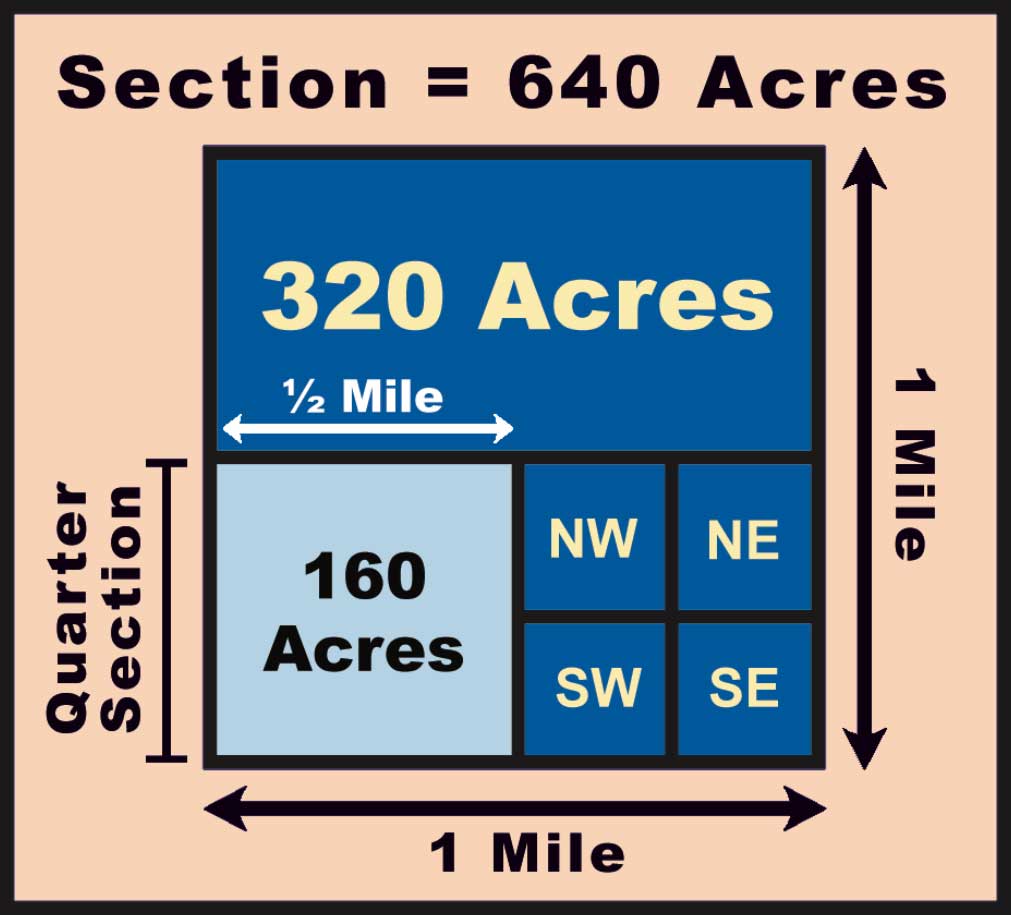
Imagine standing in the heart of the American Midwest, the sun warm on your face, the endless horizon stretching out before you. Golden wheat fields sway gently in the breeze, whispering secrets of the earth. It's a landscape defined by its vastness, by the sheer scale of acreage that shapes our food supply and our rural identity.
At the core of this agrarian vision lies a simple yet surprisingly complex question: how many miles are actually contained within an acre of land? While an acre is a standard unit of area, translating it into a linear measurement involves delving into geometry and the various shapes a land parcel can take. It's not as straightforward as one might initially assume, and the answer reveals intriguing aspects of land measurement and usage.
The Acre: A Historical Perspective
The concept of the acre has deep roots, tracing back to medieval England. Originally, it was understood as the amount of land a team of oxen could plow in a single day. This inherently variable definition was eventually standardized, but its origins reflect a time when land was directly tied to agricultural labor.
Over time, the acre became a fixed unit. Today, an acre is defined as 43,560 square feet. This standardization brought much-needed consistency to land transactions and surveying.
Unpacking the Square Footage
Knowing that an acre contains 43,560 square feet is the first step. However, it doesn't directly tell us how many miles are "in" an acre. We're dealing with an area, not a length. To find a linear measurement, we need to consider the shape of the acre.
If the acre were perfectly square, each side would measure approximately 208.71 feet (the square root of 43,560). That’s roughly 70 yards, or a little over half the length of a football field.
However, land rarely comes in perfect squares. An acre can be long and narrow, short and wide, or any irregular shape imaginable.
Miles and Acres: A Conversion Challenge
Converting feet to miles is straightforward: there are 5,280 feet in a mile. The challenge lies in relating this linear measurement to the area of an acre, which can take on various forms.
Let's imagine an acre shaped like a long, thin rectangle. If one side is only 1 foot long, the other side would need to be 43,560 feet long to encompass the same area. That's over 8 miles! This highlights how drastically the linear dimensions can change based on the shape.
Conversely, a very wide, shallow acre would have shorter sides. The key is that the product of the two sides always equals 43,560 square feet.
Real-World Implications
The relationship between acreage and linear dimensions has significant implications in various fields. Surveyors, for example, must accurately measure land, considering not just the total area but also the shape and boundaries.
Farmers planning irrigation systems need to understand the distances involved to effectively distribute water across their fields. Urban planners designing subdivisions must consider the layout of streets and lots, ensuring efficient use of space while adhering to zoning regulations.
Even real estate professionals benefit from understanding these concepts when describing property boundaries and advising clients.
Different Shapes, Different Measurements
Beyond simple rectangles, land can take on more complex shapes like triangles, circles, or irregular polygons. Each shape requires a different calculation to determine the linear dimensions.
For example, a circular acre would have a radius of approximately 117.75 feet. The circumference, which is the distance around the circle, would be about 739.8 feet, or just over 0.14 miles.
Irregular shapes require more advanced surveying techniques and often involve breaking down the area into smaller, more manageable geometric figures.
The Surveyor's Perspective
Surveyors are the professionals who navigate these complexities daily. They use specialized equipment and mathematical principles to accurately measure land and define property boundaries.
They employ techniques like triangulation, GPS measurements, and laser scanning to create detailed maps and legal descriptions of land parcels. Their work is essential for ensuring clear property rights and resolving boundary disputes.
A surveyor's expertise becomes particularly crucial when dealing with oddly shaped or sloped land, where simple calculations are insufficient.
Acreage in a Changing World
As populations grow and land becomes increasingly valuable, understanding the nuances of acreage is more important than ever. Efficient land use planning is critical for sustainable development, ensuring that we balance the needs of agriculture, housing, and conservation.
New technologies, like drone imagery and GIS (Geographic Information Systems), are transforming how we measure and manage land. These tools provide greater precision and efficiency, allowing for more informed decision-making.
The humble acre, once defined by the labor of oxen, continues to play a vital role in shaping our world. Its relationship to linear measurements, though seemingly simple, reveals a complex interplay between geometry, history, and human ingenuity.
Reflecting on the Acre
So, how many miles are "in" an acre? The answer, as we've seen, is not a single number. It depends entirely on the shape of the land. An acre is a canvas upon which different shapes can be drawn, each with its own unique linear characteristics.
This exploration highlights the importance of understanding basic geometric principles and their practical applications in the real world. It also underscores the vital role that surveyors and other land professionals play in managing our most precious resource: land.
Next time you find yourself gazing across a vast field, remember the humble acre and the intriguing mathematical puzzle it represents. It's a reminder that even seemingly simple concepts can hold hidden depths, waiting to be explored.
